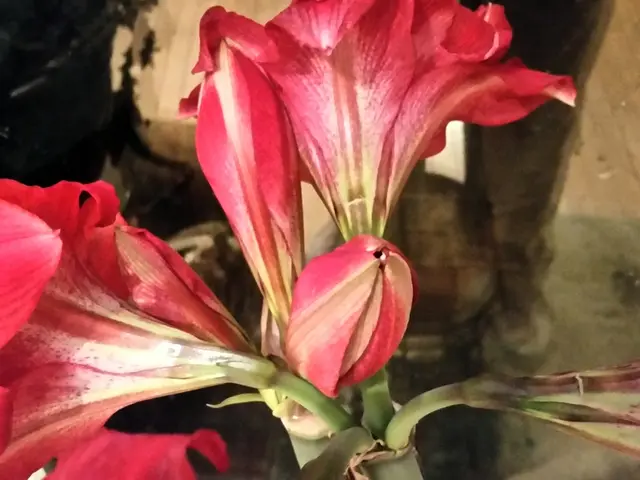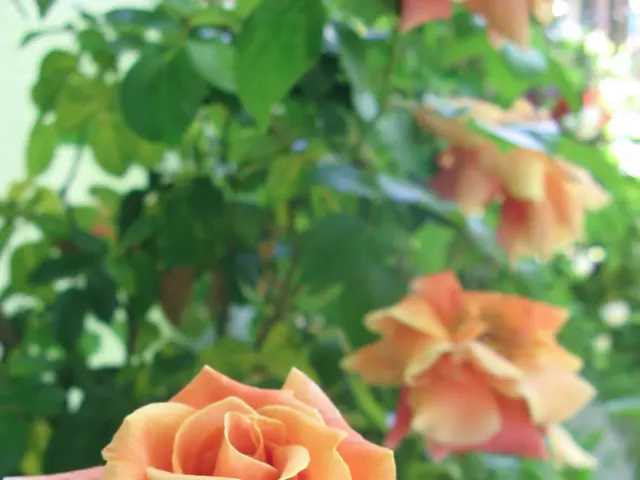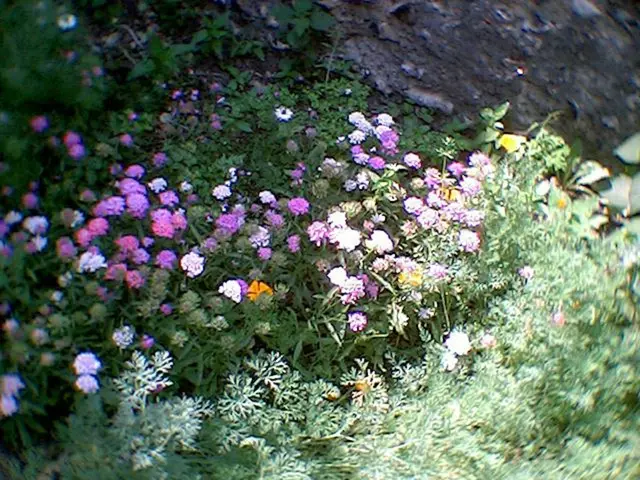Indoor Seed Germination Process: A Guide for Sowing Seeds Indoors
Alright, let's dive into the lowdown on starting seeds indoors! Here's the deal:
You've chosen to give indoor seed starting a shot, and that's freakin' awesome! But before you jump in, it's crucial to understand the entire process, from prepping your gear to eventually planting your crops in your garden. Think about the end game—that'll help your thought process flow smoothly.
Now, I wanna share some common pitfalls beginners often encounter when starting seeds indoors and how to dodge 'em like a pro. You'll find yourself scratching your head less when you consider the seed-to-sow-to-outdoor-plant process.
In case you'd rather watch than read, here's a YouTube video I recently recorded discussing what to expect from indoor seed starting—check it out here or click below:
What You Can Expect With Indoor Seed Starting
Get ready to learn about these stages:
- Seed Starting Problem
- Seed Starting Mistake
- Indoor Seed Starting for Beginners Workshop
- Indoor Seed Starting Stage 1: Prepare
- Indoor Seed Starting Stage 2: Plant
- Indoor Seed Starting Stage 3: Grow
- Indoor Seed Starting Stage 4: Pot Up
- Indoor Seed Starting Stage 5: Toughen 'Em Up
- Indoor Seed Starting Stage 6: Plant Out
Don't forget to grab your 2024 Garden Planner & Journal right now! 🎉
Seed Starting Problems
One common conundrum newbie gardeners fall into is focusing way too much on the early stages. I'm talkin' obtaining supplies, selecting seeds, planting 'em, and then—because it's freakin' boring—waiting! Yeah, sure, waiting can be tough, but the real challenges usually show up after the first seeds start sproutin'.
After your seeds grow, plenty of questions may arise that you didn't even know you needed answers to. It's kinda like expecting to be a pro parent after buying a fancy stroller—you still gotta figure out how to diaper a baby!
Seed Starting Mistakes
When starting seeds indoors, a common mistake is neglecting to consider the whole process—all the way from seed-starting to the end goal, planting out into the garden. So, as we delve into the fun of indoor seed starting, I'll share a plan of action once your seeds start sprouting, helping you ensure your seeds thrive in the outdoor garden.
If you're brand new to seed starting and know you're gonna need more detailed info to succeed, you might want to check out the Indoor Seed Starting for Beginners Workshop. Access it here whenever you're ready!
Indoor Seed Starting Stages
Stage 1: Get Prepared
The first stage of indoor seed starting is all about prepping your stuff and space. Preparation includes not only buying seeds but also crafting an overall plan. You need to know which seeds should start indoors and which ones can wait till the garden. Good seeds to start indoors are tomatoes, peppers, and basil, among others.
Timing is crucial too. You gotta know when to start the seeds indoors based on your climate. And remember: Startin' too early can be just as bad as startin' too late! Most seedlings only require about 6-8 weeks indoors before movin' out, but some veggies, like squash, only need roughly three weeks inside!
Other than that, make sure you've got the essentials: a grow light, seed trays, and seed-starting mix. These three bad boys are the must-haves!
Stage 2: Plant Your Seeds
Alright, this is the fun part! The next stage is plantin' those seeds.
When planting seeds indoors, the most common mistake I see is sowing way too many seeds per cell. The goal is to have one plant per cell, so only seed 2-3 per cell. More than that, and you'll end up with stressed little seedlings.
Plant seeds into damp soil that you pre-moistened beforehand. Then, cover 'em up and set 'em under a grow light for optimal results. Most seeds will pop up in 7-10 days.
(Want to see an instant demo of the indoor seed plantin' process? Check out the Indoor Seed Starting for Beginners Workshop!)
Stage 3: Watch 'Em Grow
During this stage, issues may arise, so buckle up!
As your seeds sprout, you might be a bit bewildered by the first leaves you see. The first leaves of most plants are seed leaves that absorb light to fuel the growin' root.
After those seed leaves, you'll see the "real" leaves of your plant. The shape of these leaves will match a mature plant. As your plant continues to grow, even more leaves will appear, eventually causing the seed leaves to yellow and drop off. That's cool!
Your aim is for your plants to be sturdy, but not too tall—a grow light really helps with that. You also want your leaves to be vibrant green, not yellow. Some purplish tone to the undersides of leaves is normal and will mostly correct itself over time.
As your plant grows, it'll continue to grow for the next 2-3 weeks (or more depending on the plant type, pot size, and grow light strength) before you need to transplant it to a larger container—also known as "potting up."
Stage 4: Pot Up Those Seedlings
Time to upgrade your seedlings to bigger pots! Most plants need to be moved from the seed tray to a larger container before it's time to plant them in the garden.
Got questions about potting up? The Indoor Seed Starting for Beginners Workshop covers the deets and more! You can also check out potting up info here!
Stage 5: Hardening 'Em Off
Hardening off is the next stage of seed starting. Your new plants can't handle going straight from indoor grow lights to the garden because the light intensity is totally different. Plus, the outdoor environment has wind, which can dry out your new plant, and temperature fluctuations can be rough.
The solution is gradual—a couple of hours of sun each day, making sure to shield your plants when necessary. Learn more about hardening off here!
Stage 6: Time to Plant Out
The final stage, and the sweetest of 'em all, is planting out! When your plants have properly hardened off and you know they can survive in the garden, it's plantin' time!
Just make sure the weather's in the mood—spring spells are your best bet. Keep an eye out and be ready to cover your plants if needed. Enjoy watchin' your plants grow!
Remember: If you're new to seed starting and need more detailed info to succeed, the Indoor Seed Starting for Beginners Workshop is perfect for ya! Check it out here!
- To better plan your indoor seed starting journey, consider using 'garden planner' tools like the 2024 Garden Planner & Journal for a smoother process.
- For beginners, ‘home-and-garden’ websites and ‘gardening’ resources such as the Indoor Seed Starting for Beginners Workshop can provide valuable information to help you avoid common mistakes and ensure your seeds thrive both indoors and outdoors.
- As you delve into the world of gardening, don't just focus on the early stages of seed starting such as obtaining supplies. Instead, think of the end goal: ‘gardening’ in your own outdoor space, and make sure you consider the entire seed-to-sow-to-outdoor-plant process.








